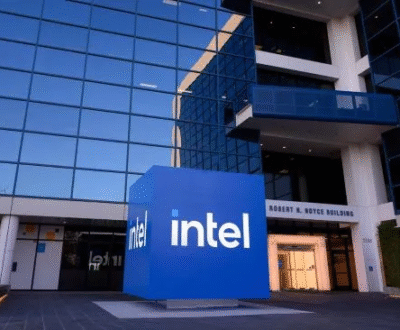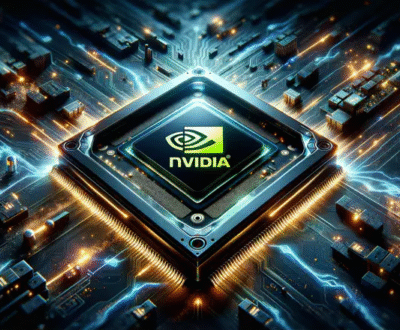Introduction to Network Slicing in 5G Networks
5G Network Virtualization is a groundbreaking technology that allows the creation of multiple virtual networks on a shared physical infrastructure. Each slice can be customized to meet specific requirements, providing tailored services for different applications and industries. Think of it as having different lanes on a highway, each dedicated to different types of traffic, ensuring smooth and efficient travel for all. Network slicing in 5G networks revolutionizes connectivity by enabling more efficient and flexible use of network resources.
Overview of 5G Network Slicing
The Evolution from 4G to 5G
The shift from 4G to 5G networks is more than just an increase in speed. While 4G networks offered faster internet compared to previous generations, they struggled to support the growing diversity of connected devices and applications. 5G networks, with the help of network slicing, address these limitations by offering a more flexible, efficient, and scalable solution. This enables enhanced mobile broadband, ultra-reliable low-latency communication, and massive machine-type communication, all within the same infrastructure of 5G Network Virtualization.
Technical Overview of Network Slicing
5G Network Virtualization is made possible through two key technologies: Software-Defined Networking (SDN) and Network Function Virtualization (NFV). SDN separates the control and data planes, allowing centralized and programmable management of the network. NFV, on the other hand, virtualizes network functions so they can run on standard hardware, providing flexibility and scalability. Together, these technologies enable operators to create and manage multiple virtual networks on a single physical network, each optimized for different services.
How Network Slicing Works
Creating network slices involves several steps:
- Slice Creation: Define the specific requirements for each slice, such as bandwidth, latency, and security.
- Resource Allocation: Allocate the necessary physical and virtual resources to each slice.
- Deployment: Implement the network functions and services within each slice.
- Management: Continuously monitor and manage the slices to ensure they meet performance and security standards.
This process allows network slicing in 5G networks to deliver dedicated resources and optimized performance for each application or service.
Benefits of Network Slicing in 5G
5G Network Virtualization offers numerous benefits:
- Enhanced Flexibility: Customizable slices cater to specific needs, whether it’s high-speed internet for consumers or low-latency communication for industrial applications.
- Improved Efficiency: Dynamic resource allocation ensures optimal use of network infrastructure, reducing costs and enhancing performance.
- Support for Diverse Services: From virtual reality gaming to smart city infrastructure, network slicing supports a wide array of services and applications.
Use Cases of Network Slicing
Network slicing in 5G networks is versatile and supports various use cases:
- Smart Cities: Dedicated slices can manage public safety, traffic control, and utility services, ensuring seamless and efficient city operations.
- Autonomous Vehicles: Ultra-reliable low-latency slices are crucial for vehicle-to-everything (V2X) communication, enhancing safety and coordination among autonomous vehicles.
- Healthcare: Secure and reliable slices enable remote surgeries, telemedicine, and real-time patient monitoring, transforming healthcare delivery.
- Enhanced Mobile Broadband (eMBB): High-speed slices provide superior internet access and multimedia streaming, enhancing user experience.
- Industrial IoT: Custom slices support manufacturing automation, predictive maintenance, and other industrial processes, driving efficiency and innovation.
Challenges and Considerations
While network slicing in 5G networks offers significant advantages, it also presents challenges:
- Security Concerns: Ensuring that each slice is isolated and secure from potential cyber threats is crucial.
- Technical and Operational Challenges: Managing multiple slices and ensuring they operate seamlessly requires sophisticated orchestration and management tools.
- Regulatory and Standardization Issues: Developing global standards and regulations for network slicing is essential to ensure interoperability and compliance.
Future of Network Slicing
The future of network slicing in 5G networks is promising, with continuous advancements on the horizon. Artificial intelligence (AI) and machine learning (ML) are expected to play significant roles in automating slice management and optimization. As technology evolves, we can anticipate even greater efficiency, security, and flexibility in network slicing, paving the way for innovative applications and services.
Conclusion
Network slicing in 5G networks is set to revolutionize mobile communications. By enabling the creation of multiple, customized virtual networks, it offers unparalleled flexibility and efficiency, supporting a diverse range of applications and services. As we move forward, network slicing will continue to shape the future of connectivity, driving technological advancements and transforming industries.
About us and this blog
We are a digital marketing company with a focus on helping our customers achieve great results across several key areas.
Request a free quote
We offer professional SEO services that help websites increase their organic search score drastically in order to compete for the highest rankings even when it comes to highly competitive keywords.
Subscribe to our newsletter!
More from our blog
See all postsRecent Posts
- Scientists discover how to use your body May 9, 2025
- Top 50 Institutes offering AI Courses in India 2025 December 28, 2024
- iOS 18.2 Features: A Complete Breakdown of Apple’s December 27, 2024









